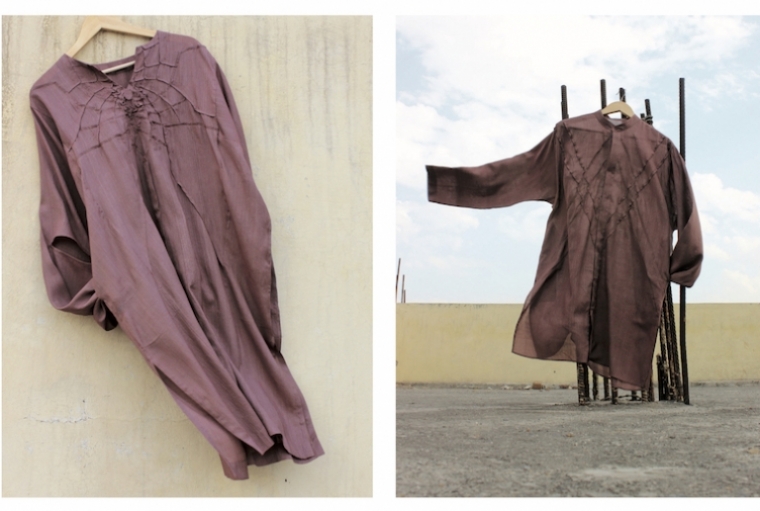

The Designer:
It’s always been a belief that great art comes from pain. Van Gogh painted the Starry Night while in emotional torment, Picasso nearly died in an earthquake at the age of three...Frankenstein was inspired by a volcanic eruption. Walt Disney created Mickey Mouse as an act of revenge. Their sufferings were different, but had one thing in common—they all chose not to recoil in passive suffering; instead, they turned their sorrow into something the world would cherish. Wajahat Rather from Kashmir shares this in common. Born in war and terror, he chose to mould his suffering and create clothes that take into account the traditional sensibilities of crafts and costumes in India. As a kid, all that mattered to Wajahat was how well he could paint. His life was different from his peers. By the time he was in high school, he knew he was not the one to do things by convention. He studied fine arts from J&K and then went onto pursue design at NID, Ahmedabad. Now home, Wajahat is at the helm of an indigenous label called Raffughar that is inspired by the darners of Kashmir.

The Work:
At the core, Raffughar is inspired by the famous darners of Kashmir. Literally, a raffugar or a darner is the healer of damaged cloth. Darning is more than just restoring a cloth in Kashmir. Rafugars have both historical and emotional association with the cloth. ‘It is like mending relationships—connecting the past with the present’, Wajahat tells me. His creative voice on the other hand is inspired by nature, culture and heritage, all of which stand out in his work. Even his love for calligraphy is evident in his collections. ‘I have been working with a lot of artisans of India. I get my fabric woven from the weavers of Bhagalpur, West Bengal and Chanderi. I have been working with a lot of embroiders from Kashmir on different projects. I believe that traditional crafts are sophisticated and have refined over the years. These authentic hand-techniques have evolved over a long time and require a proper direction in order to contemporise them.’ His new collection sees silk and cotton, woven by the weavers of Chanderi. And the colours are kept close to yellow, ivory. ‘My new collection is inspired by the craft of Khatamband . It involves making ceilings by fitting small pieces of wood into each other in geometrical patterns. This is done by hands without using glue or nails. The pleating of the garments has been done in such a way that nowhere the fabric is cut or patched,’ he explains. Now, after showcasing his Spring/Summer collection at the Lotus Fashion Week, he is busy researching for his Autumn/Winter collection.
Text Hansika Lohani Mehtani